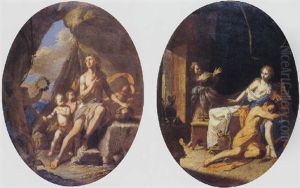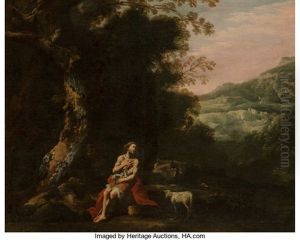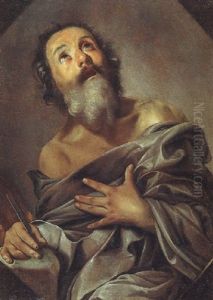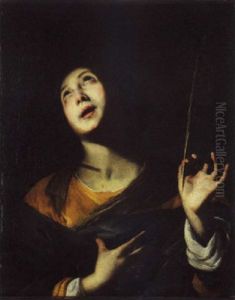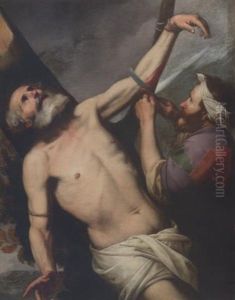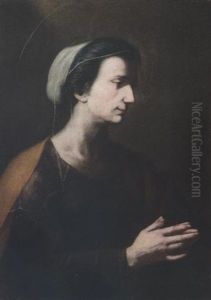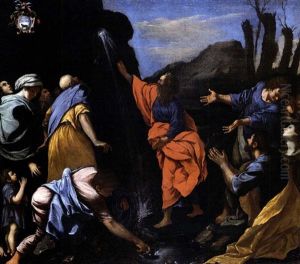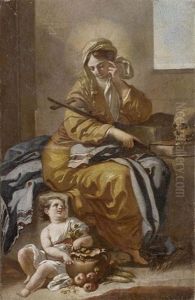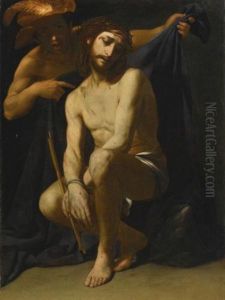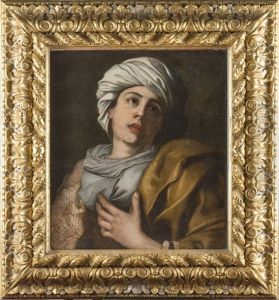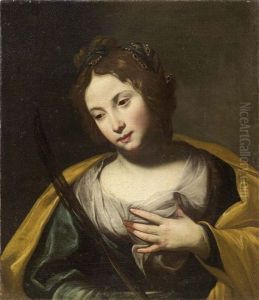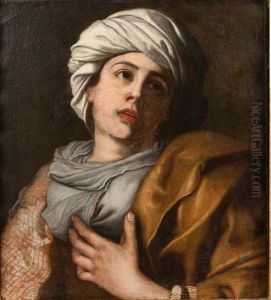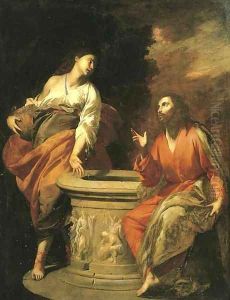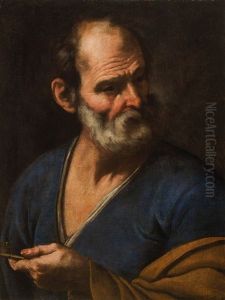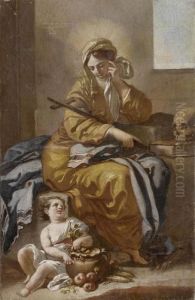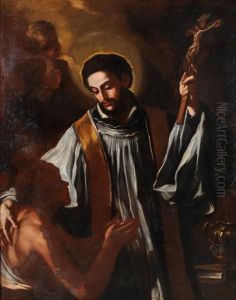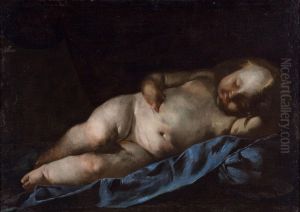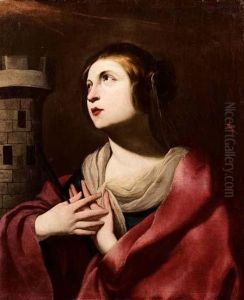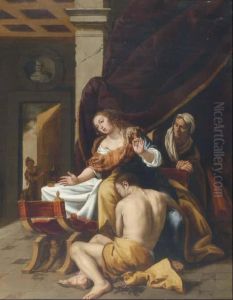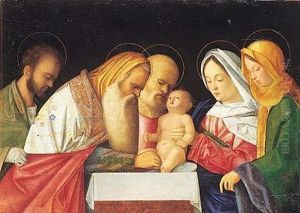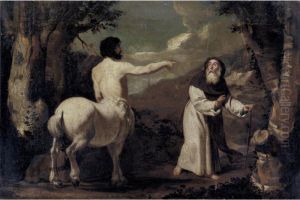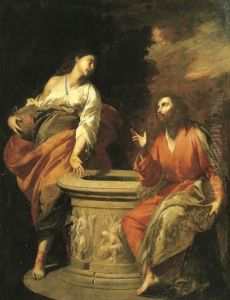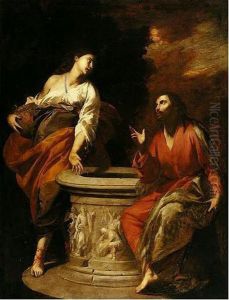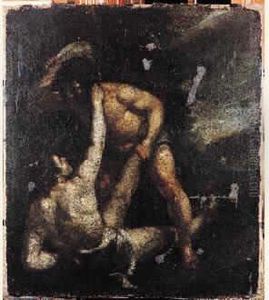Antonio De Bellis Paintings
Antonio De Bellis was an Italian painter of the Baroque period, active mainly in Naples. Born in 1616, his life and career were emblematic of the vibrant and tumultuous art scene of 17th-century Naples, a city that was a melting pot of artistic ideas and influences due to its strategic location and political importance. De Bellis is often associated with the Neapolitan school of painting, which was distinguished by its dramatic use of light and shadow, a characteristic influenced by the revolutionary techniques of Caravaggio.
During his relatively short life, De Bellis developed a style that, while influenced by the Caravaggisti, was distinctly his own. His works are known for their emotional depth, as well as their dynamic compositions and vivid realism. Although specific details about his training are scarce, it is believed that De Bellis was influenced by other Neapolitan artists of the time, such as Massimo Stanzione and Bernardo Cavallino, who were also working in the shadow of Caravaggio's legacy.
Despite his talent, Antonio De Bellis did not leave behind a large body of work, and his life was cut short when he died in 1656 at the age of 40. However, the paintings he did produce during his lifetime had a significant impact on the Neapolitan school and have been appreciated for centuries for their emotional intensity and technical skill. Some of his known works include dramatic religious scenes, which were common subjects for Baroque artists, as they allowed for the expression of intense emotions and dramatic chiaroscuro effects.
His legacy, although not as widely recognized as that of some of his contemporaries, is preserved in several important collections and museums, where his contributions to the Baroque period and the Neapolitan school of painting continue to be studied and admired.
